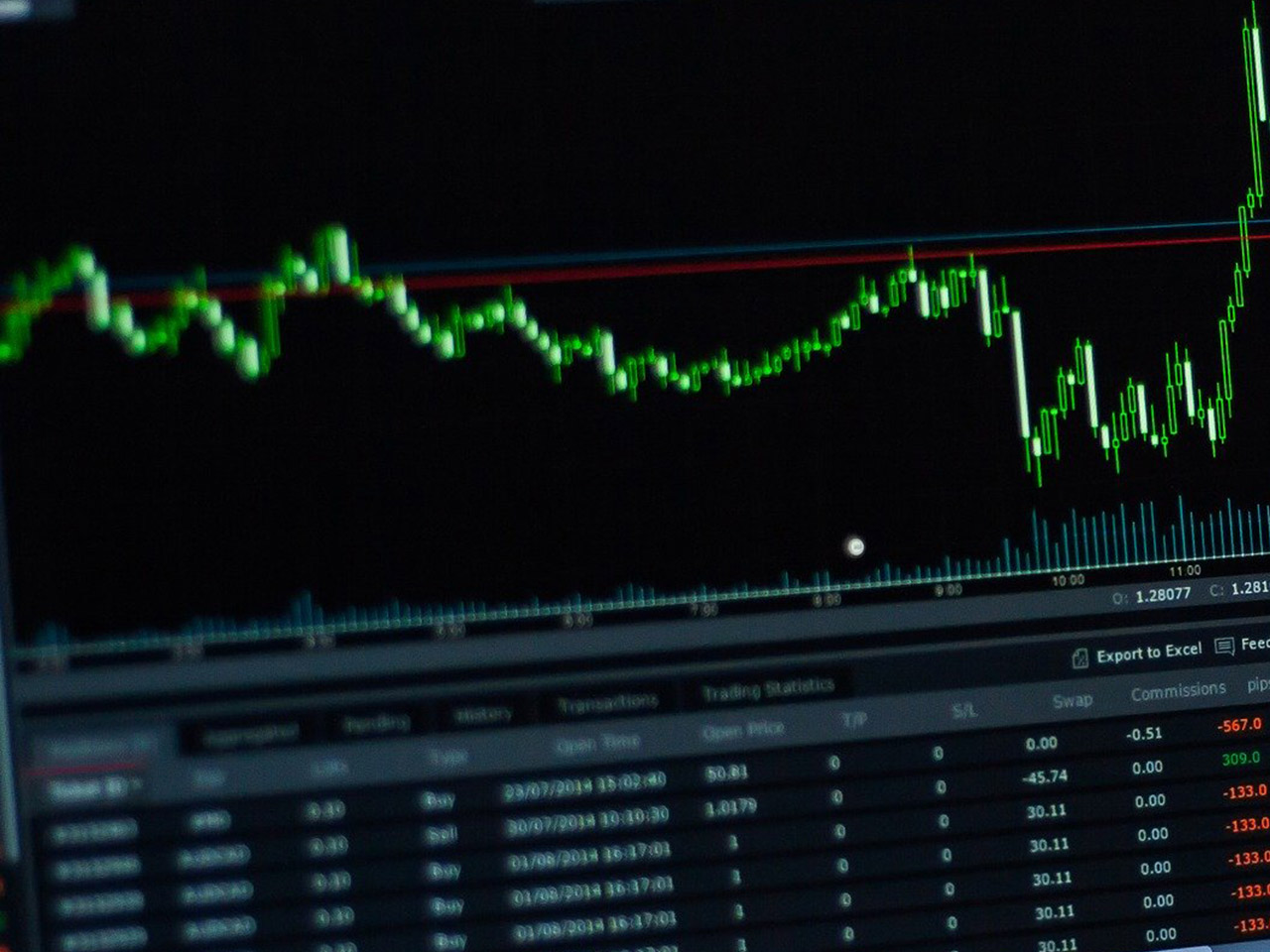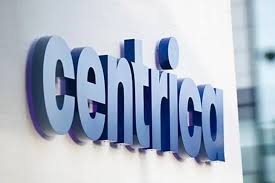Templeton Emerging Markets Investment Trust (TEM.L) has recently captured investor attention, particularly as it reaches the upper echelon of its 52-week range, with a current price of 229 GBp. This milestone raises intriguing questions about its growth potential and market positioning, inviting a closer examination of its financial dynamics, despite the absence of some traditional financial metrics.
As of the latest data, Templeton Emerging Markets commands a market capitalization of $2.22 billion, a testament to its significant footprint in the realm of investment trusts. However, a deeper dive into its valuation metrics reveals a lack of available data on key indicators such as the P/E ratio, PEG ratio, and price-to-book ratio. This absence might be attributed to its unique positioning as an investment trust, where the performance is often more aligned with the NAV (Net Asset Value) rather than conventional stock metrics.
The current price of 229 GBp aligns with the upper limit of its 52-week range (151.80 – 229.00), indicating a robust performance relative to its historical pricing over the past year. This is underscored by the stock’s recent price change, a modest increase of 1.50 GBp or 0.01%, suggesting a stable yet upward trajectory. For investors, this could signal a potential plateau or an opportunity for further gains should the market conditions remain favorable.
Technical analysis provides additional insights into the stock’s behavior. The 50-day moving average stands at 212.51 GBp, while the 200-day moving average is 185.93 GBp, both of which are comfortably lower than the current trading price. This crossover often indicates a positive momentum trend, possibly reinforcing investor confidence. However, the RSI (Relative Strength Index) at 40.00 suggests that the stock is not currently overbought, leaving room for potential growth without immediate correction pressures.
Another critical aspect for investors to consider is the absence of dividend yield information and payout ratios. For income-focused investors, this could be a deterrent, particularly in comparison to other investment trusts that offer regular income through dividends. However, for those prioritizing capital appreciation, Templeton Emerging Markets might still present a compelling opportunity if its underlying portfolio demonstrates strong performance.
Interestingly, the analyst ratings and targets section is notably empty, with no current buy, hold, or sell ratings, nor any target price range or average target. This absence might reflect a broader uncertainty or a lack of coverage, which could either be seen as a risk or an untapped opportunity for those willing to conduct their own analysis.
In conclusion, Templeton Emerging Markets Investment Trust stands at a pivotal point, trading at its 52-week high with technical indicators suggesting continued momentum. While traditional valuation and performance metrics are sparse, the technical strength and market cap suggest a solid foundation. Investors keen on emerging markets and those with an appetite for potentially undervalued or under-researched assets might find TEM.L an intriguing addition to their portfolios, provided they conduct thorough due diligence aligned with their investment objectives.





































